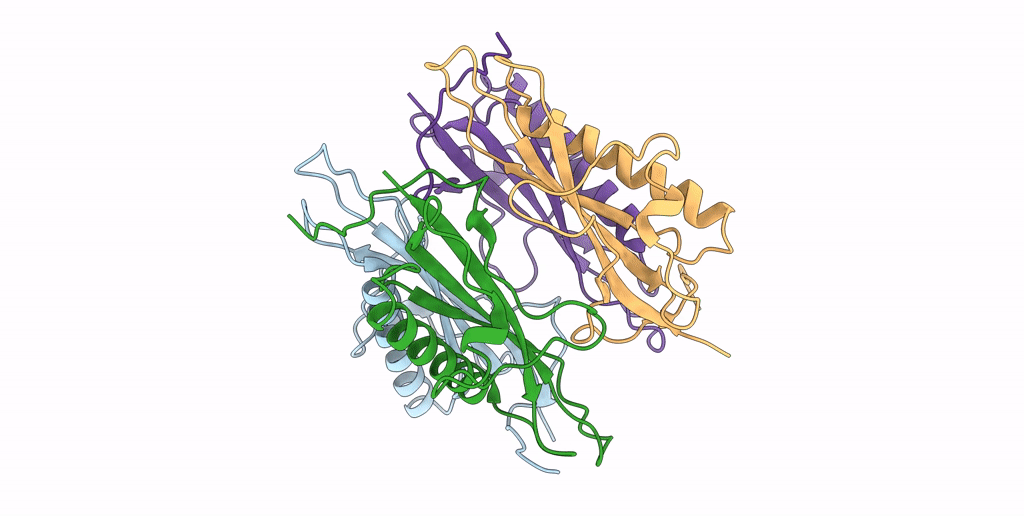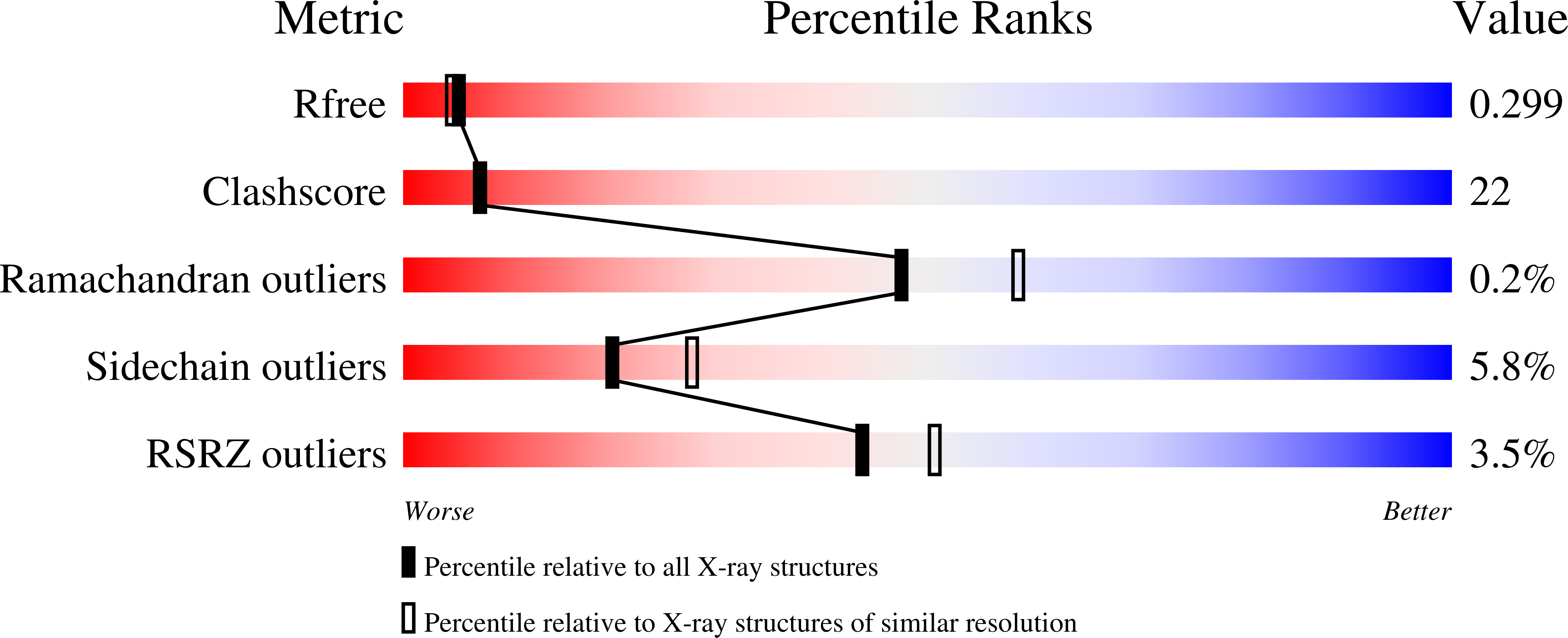
Deposition Date
2012-06-22
Release Date
2023-03-01
Last Version Date
2025-11-12
Entry Detail
Biological Source:
Source Organism:
Leptosphaeria maculans (Taxon ID: 985895)
Host Organism:
Method Details:
Experimental Method:
Resolution:
2.30 Å
R-Value Free:
0.30
R-Value Work:
0.24
R-Value Observed:
0.24
Space Group:
P 43


